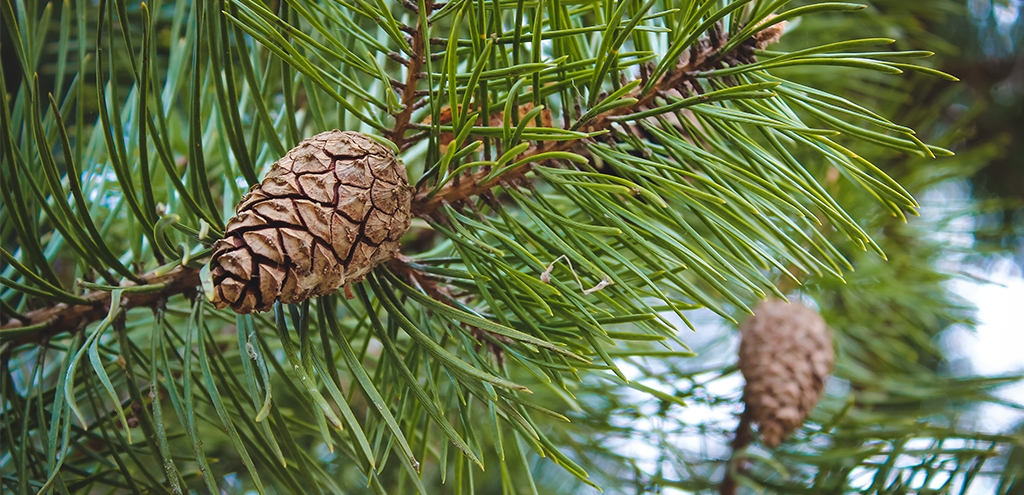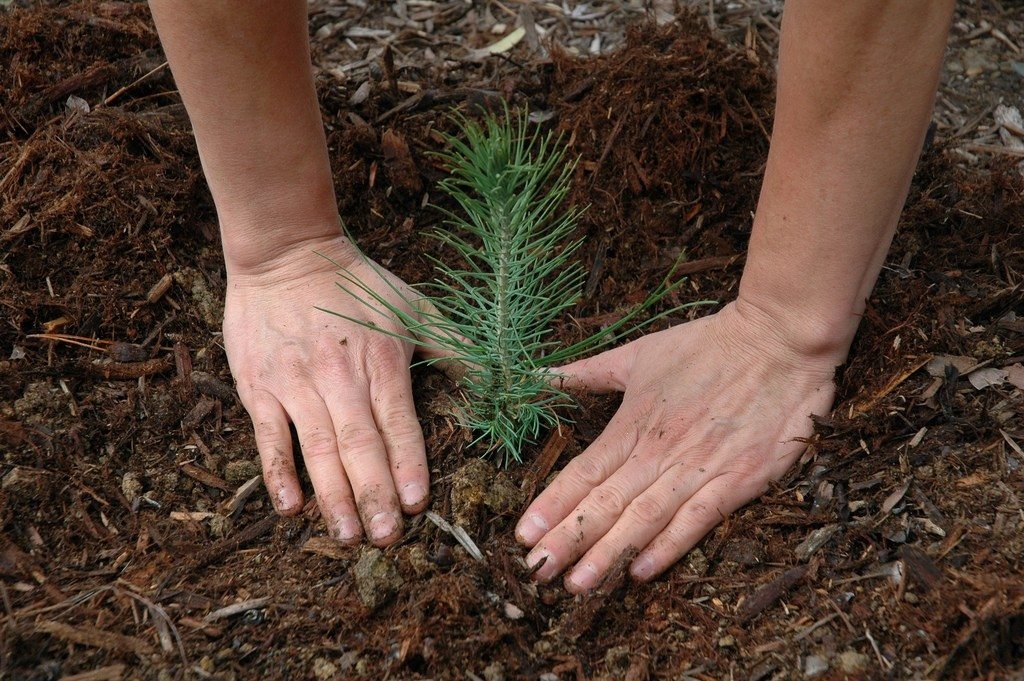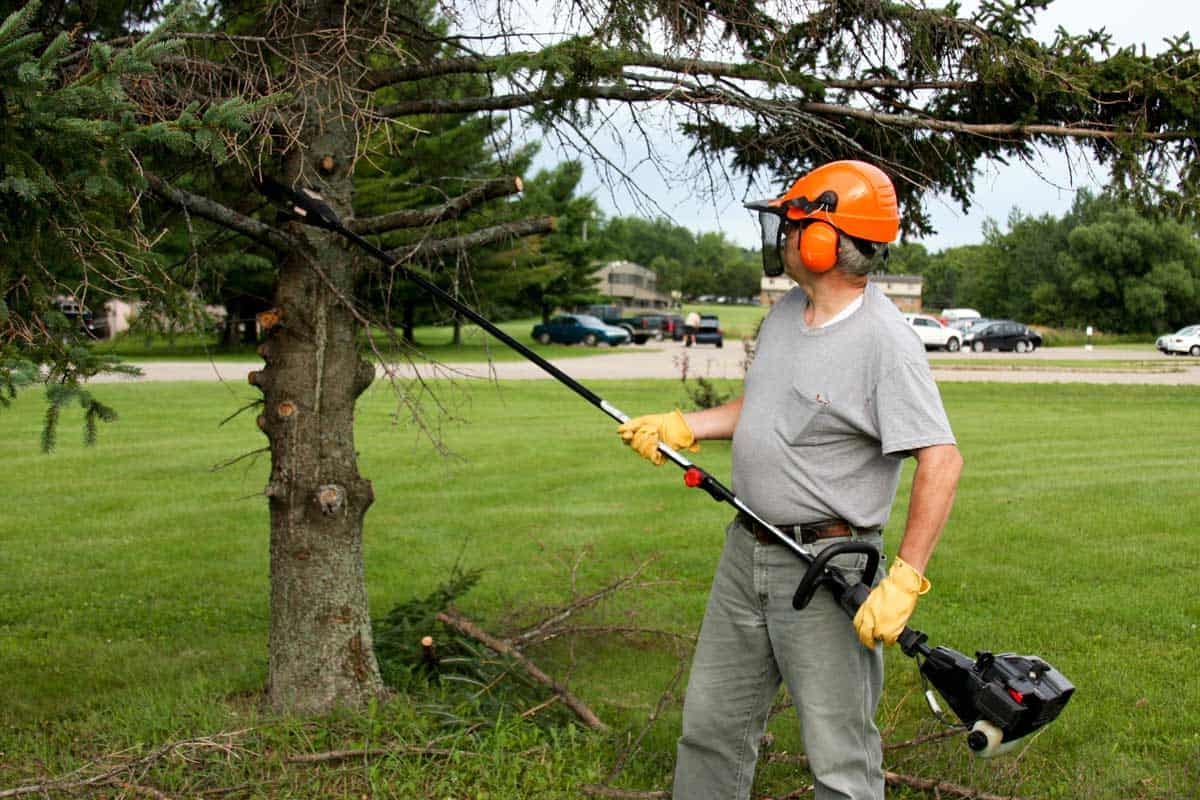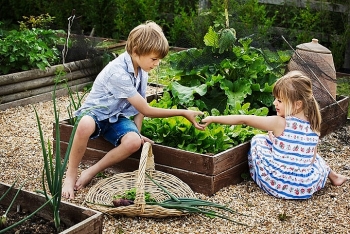How to Plant and Care Pine Trees
 |
| Photo: caseytrees.org |
Pines are some of the best-known plants around the world. With good care while young, pine trees can grow for decades. However, planting a pine tree seems quite challenge and difficult. At KnowInsider, we point out some ways for you to grow a pine tree successfully!
How to Grow a Pine Tree from Seed
You can grow pine trees using seeds in pine cone scales that are harvested from female cones. Female pine cones are considerably larger than their male counterparts. Mature pine cones are woody and brown in appearance. One cone produces about two seeds beneath each scale. These seeds will remain in the cone until it dries out and opens up completely. Seed in pine cones can usually be identified by the prominent-looking wing, which is attached to the seed for aid in dispersal. Seeds can be collected once they fall from the tree in autumn, usually between the months of September and November.
Steps:
1. Collect seeds by holding pinecones upside down and shaking gently.
2. Put the seeds in water. Keep the ones that float and discard the ones that sink.
3. Dry the seeds and put them in an airtight container until planting season (December or early January).
4. Fill a small pot with soil. Water the soil.
5. Place a seed just beneath the soil's surface. The seed should be vertical with the pointy part facing down.
6. Place the pot near a sunny window. Water it regularly.
7. Watch for pine needles to emerge, but don't expect to see any change until March or April. Once the pine needles emerge, they'll lean toward the sun. Turn the pot regularly to keep them growing straight.
8. Transplant your seedling to a 1-gallon (3.8-liter) pot when it's 6 inches to 1 foot (15.24 to 30.48 centimeters) in height, and move the pot outdoors.
9. Plant the seedling in a permanent spot in the ground when it outgrows its pot.
Planting a Pine Sapling
 |
| Photo: gardeningknowhow.com |
If you're planting a pine tree sapling, you'll probably bring it home with its roots bagged and wrapped in burlap. Here's how to plant your pine sapling.
- Dig a hole twice the width of the burlap ball and no deeper than its height.
- Place the burlap ball gently in the hole. Remember to lift your balled-and-burlapped pine tree by the ball, not by the trunk.
- Fill the hole with soil while someone else holds the tree up straight. Don't pack the soil too firmly or water won't be able to drain through it.
Once your pine tree is planted in the ground, remember:
- If your tree is over 6 feet (182.9 centimeters) tall or if the weather is especially windy or harsh, you should stake your tree so that it will grow straight.
- If you tie your tree with any sort of binding, periodically check to make sure the binding is not girdling the tree as the tree grows. This can kill your tree.
Pine Tree Care
 |
| Photo: thelivingurn.com |
Here are several things you can do to help them reach that vital “maturity” stage where they are producing cones and seeds themselves:
| "Water" newly planted trees every few days to keep the soil thoroughly moist but not soggy. After a month water weekly in the absence of rain. Once established and growing, pine trees only need water during prolonged dry spells. Don’t fertilize the tree during the first year. The first time you fertilize, use two to four pounds (.90 to 1.81 kg.) of 10-10-10 fertilizer for every square foot (30 cm²) of soil. In subsequent years, use two pounds (.90 kg.) of fertilizer for each inch (30 cm.) of trunk diameter every other year. "Protect" the young pine trees from animals. A plywood sunscreen can also do double duty as an animal repellent. However, if you live in an area with deer or other persistent, large wildlife, you may need a plastic tube or chicken wire fence encircling the seedling. |
“Release” them often. Twice or thrice a summer, use clippers to prune back other competing brush, weeds, and trees. Ideally, keep your new white pines in a freed circle 2’ – 3’ in diameter – some experts say more like 9’ – 10’. Clip branches immediately overhead as well to let sunlight and air in.
 |
| Photo: gardentabs.com |
“Prune Up” the bottom branches of each tree once it reaches maybe a foot or more tall. Leave at least two-thirds of the tree volume intact, but get every single bottom branch because blister rust thrives in small, damp areas and those low branches touching or near the ground or duff collect and retain rain and dew long after the higher branches have dried. Move the clipped branches away from the trunk so they don’t keep moisture right there, but you do not need to fully remove or burn your prunings. Clip each branch just outside its raised “bud collar” ring with a clean-cut straight up and down.
If you see this article useful, please follow us to get notifications of informative topics in the future!
 How to Grow Vegetables at Home for Beginners? How to Grow Vegetables at Home for Beginners? Planting tomatoes, carrots, or cukes for the first time? Follow these tips for planning, preparing, planting, and maintaining a successful garden. |
 Natural Remedies to Remove Stain from Shirts Natural Remedies to Remove Stain from Shirts No one likes to wear whites that are cloudy-colored and stained. Luckily, KnowInsider provides easy remedies that can help brighten whites and remove stains naturally ... |
 How to protect yourself & your belongings while travelling? How to protect yourself & your belongings while travelling? It can't be denied that travelling would bring you a memorable time to relax, but it can come with safety and security risks. Knowinsider would ... |


























